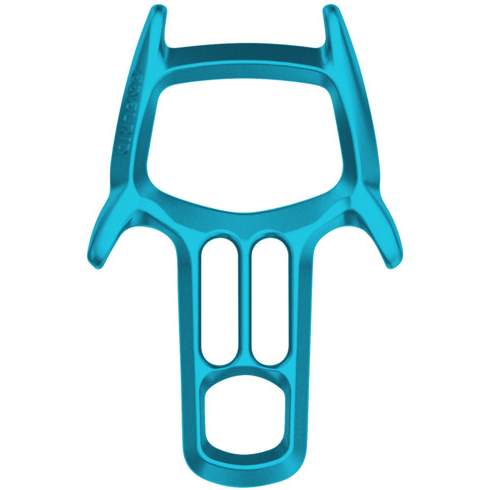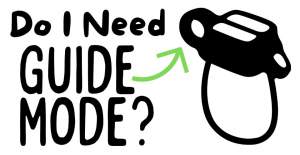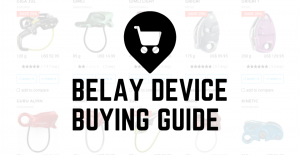Mago 8
Description
Ultra-light figure 8 descender for use on low-diameter ropes. The special geometry enables several different friction modes, making it possible to precisely adjust the abseiling speed.
- Ultra-light, compact design for minimum weight and a small pack size
- Plate function for bringing up a second as a doubled rope with the Rap Line II
- Special geometry with little horns for implementing several different friction modes
- Ideal for use with the Rap Line II
Ultra-light figure 8 descender for use on low-diameter ropes. The special geometry enables several different friction modes, making it possible to precisely adjust the abseiling speed.
- Ultra-light, compact design for minimum weight and a small pack size
- Plate function for bringing up a second as a doubled rope with the Rap Line II
- Special geometry with little horns for implementing several different friction modes
- Ideal for use with the Rap Line...
Retail price
When you click a link below and then checkout online, no matter what you buy (climbing gear or not), we get a small commission that helps us keep this site up-to-date. Thanks!
Device Type  |
Figure 8 Plate |
Weight (g)  |
38 g |
Belay Brake Assist  |
No |
| Rope Options | 1 or 2 ropes |
Guide Mode  |
Up to 2 followers |
Teeth  |
No |
Rope Range (mm)  | |
Certification  |
EN |










